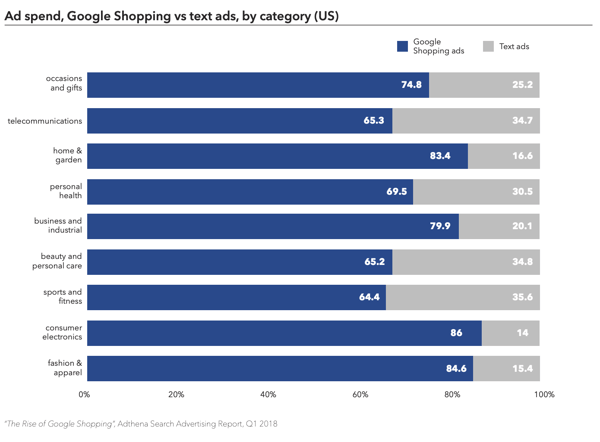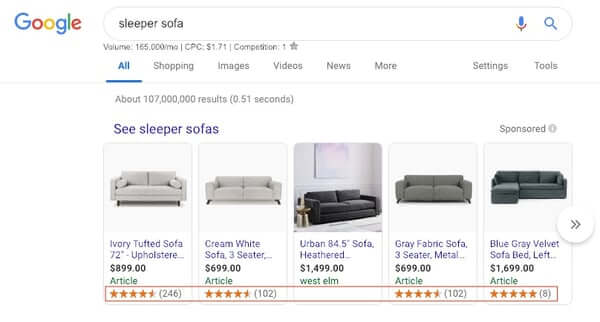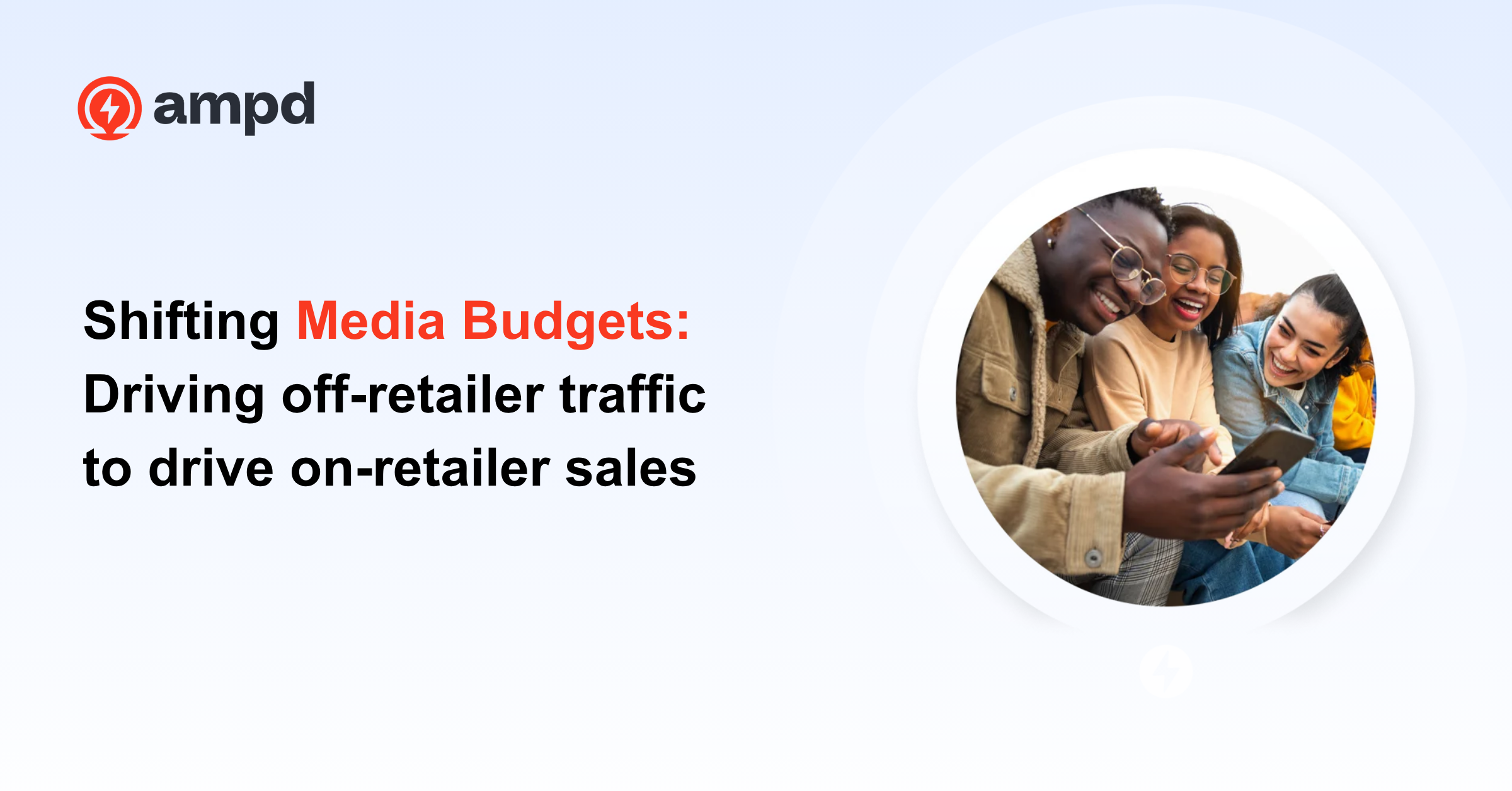When it comes to eCommerce, your product has to stand out and only the best ads will win clicks. With the enormous variety of online marketing now available, it’s crucial to recognize the best marketing strategy and put your budget into channels and campaigns guaranteed and engineered to bring the greatest return for your company’s investment.
Google Product Listing Ads (PLAs) directed 76.4% of retail search ad spending in the first quarter of 2018 and have consistently been an excellent investment the years before. If your company has the spending margins to appropriately allocate funds to online marketing, PLAs have proven to increase site traffic, brand exposure, and revenue.
How Do Google PLAs Work?
Before the introduction of PLAs, a retailer’s influence on the search results page was very low. The only things that vendors had control over were the items they were selling and respective data feeds for each item. Now, vendors can play a much a larger role. They can control what products show up and where they appear to the potential consumer.
The basis of PLAs comes from the Google Merchant Center data feed. What is a data feed, you may ask? Google defines it as “a file made up of a list of products which use groupings of attributes, [which allow users to] search and find your products more easily.” One technique that online merchants will use when distinguishing their products from others is to negate certain terms from searches. For example, if you are a retailer that sells exclusively men’s shoes, you may negative the word “woman” from your product description. This allows retail search results to be more accurate and effective for the consumer and more profitable for the retailer.
Google PLAs appear in search results whether that be in image results, shopping results or just your basic Google search.
Best Practices for PLAs
Online engagement is a key metric for eCommerce teams and can be measured using Google’s built-in analytics features or more advanced external services.

Source: Adthena
Due to the amount of information that Product Listing Ads give to the consumer, it is vital that the data feed you submit to Google Merchant Center is accurate and up-to-date. PLAs display a product image, price, and a basic text description. This allows all the necessary information to be front and center. Higher user engagement across the internet, in general, is far more often linked to media, including photos or videos, rather than just plain text. It is important to invest in quality media that accurately portray the product you are selling, especially if you are considering PLAs as a part of your online marketing strategy (which, you should!).
Images should be appropriately sized so that no vital information is cut off. Additionally, your website and product pages need to be well-maintained and user-friendly. As many users turn to Google for research, your company should consider allowing a reviews section for each product. With the increase in the use of the internet for collaborative shopping and product comparison, users will want to see that other shoppers were happy with their purchases. If your reviews are based on a 1 to 5-star rating, Google will allow your company to show the average rating of your product on its PLA display. The more reviews your product has, the better. Imagine the impact your product ratings will have if they appear to the user immediately in a Google search?

Screenshot from this Google Search
As a significant source of online traffic and orders, Product Listing Ads act as one of the primary channels for online distribution today. Unlike other eCommerce platforms, Google provides vendors with the necessary organization, optimization, and analytics tools to make PLAs a worthy online marketing investment. But to make the most use of it, retailers must understand and utilize the unique features of the entire Google for Retail platform.

